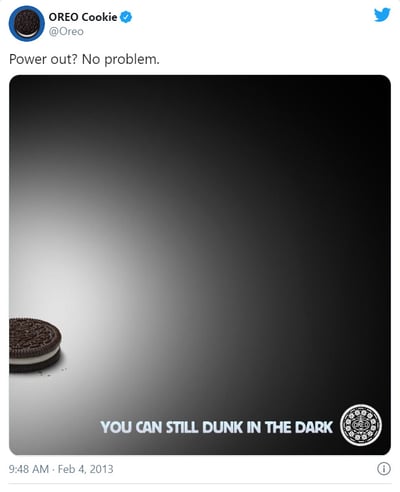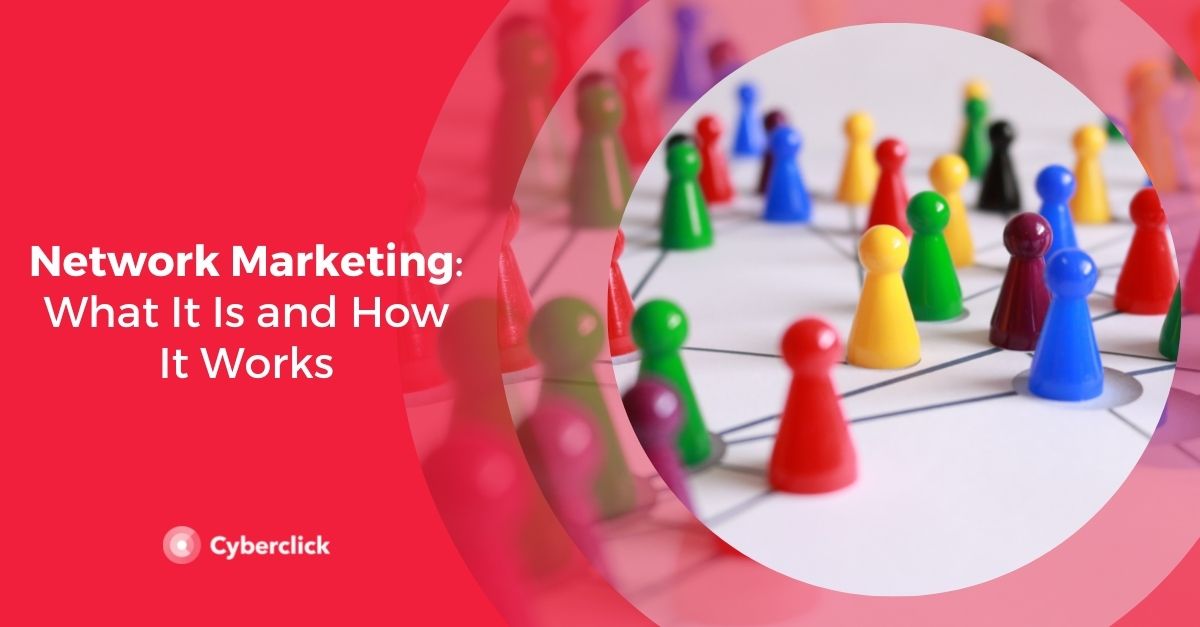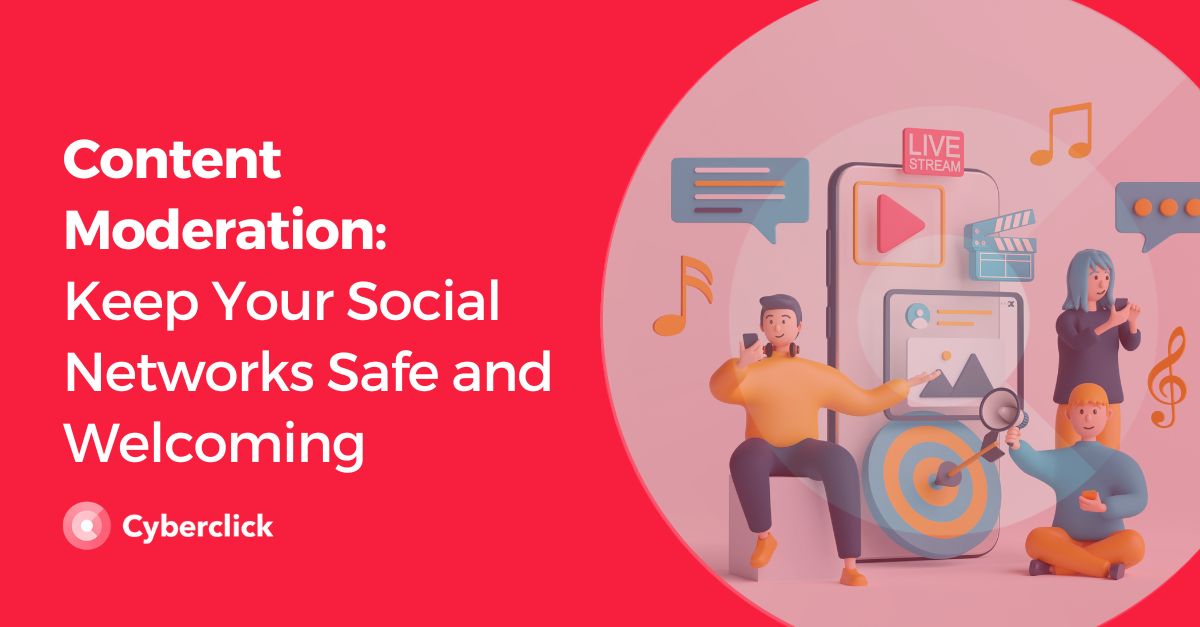Viral marketing is a marketing action that is able to generate interest in a brand or product (and therefore potential sales) through messages that spread quickly from person to person. The core idea of viral marketing is that the users themselves choose to share the content.
This type of content usually has a well-designed strategy behind it, but virality is also due to luck, creativity, and preparation. If we are able to create a viral campaign, it can be excellent for the brand as it tends to have the potential to reach a very large amount of users at a very low cost, it can come across as less invasive than traditional advertising while still building your brand.
Due to the fact that they make sharing so quick and easy, social networks are the natural habitat of this kind of marketing. The most widespread example in recent times is the creation of emotional, surprising, funny, or unique videos on YouTube, which are then shared on Facebook, Twitter, and other channels.
However, virality can be a double-edged sword. It's important to remember that in this type of campaign, a large part of the control falls into the hands of the users and there is a risk that the message can be misinterpreted or parodied. On the other hand, a successful viral campaign can work miracles for your brand, increasing both awareness and sales.
Index
Difference Between Viral Marketing and Guerrilla Marketing
While viral marketing is all about users spreading your content organically and quickly, guerrilla marketing takes a slightly different approach. It is all about shattering conventional marketing methods and reaching users without using traditional outlets. In other words, the aim of guerrilla marketing is to ambush the viewer and get publicity, whereas viral marketing seeks to generate the organic and voluntary distribution of content from users.
How a Viral Campaign Works
In theory, a viral marketing campaign is very simple to carry out. You create a video or another type of content that is attractive to your target audience, put it on the internet, and promote it. From there, all you can do is wait for the fuse to light and for users to start sharing the content with their network.
In some cases, virality happens by accident. For example, when a video is uploaded by a private user that all of a sudden becomes popular and begins to circulate all around the internet.
As for the dispersion strategy for branded videos, there are two types: visible and concealed. In the former, the user is aware from the first moment that they are viewing advertising for a branded, while in the latter the participation of the brand is only revealed later.
If you apply concealed marketing techniques, it is important to be very careful that the user does not feel tricked, cheated, or deceived.
No matter what strategy you choose, remember to never become "spammy" or go overboard with your content. Instead of repeating your message over and over, the best strategy is to find a good place and time and let the “viral fuse” light itself. In the following video, we share with you some tips to create viral content on TikTok.
4 Advantages of Viral Marketing
-
Low cost: what characterizes viral campaigns is that the users do a significant part of the work for the brand, which drastically cuts down the costs of distribution. It is unnecessary to buy advertising or media space.
-
Its potential to reach a lot of users: a viral video on the Internet has the ability to reach a huge international audience without the brand behind it having to invest a lot of money or make an extra effort. Due to this, a small company or even a private individual can go viral.
-
It is not invasive: in viral marketing, the social media user is the one making the decision to participate and share the content, so it lessens the possibility of the brand coming across as invasive or annoying. Because of this, the perception of the brand and the interaction are significantly better, compared to more typical forms of advertising.
-
It helps build up your brand: if you really hit the bullseye in terms of creativity, you can make content so incredible that users share it and develop a personal connection with your brand. This is without a doubt an extremely powerful tool when it comes to branding and awareness.
Examples of Viral Marketing
IHOP's IHOB introducing their new hamburger joints, Australia's metro system's Dumb Ways to Die video alerting users to the importance of safety around trains, Ore's Dunk in the Dark and the ALS Associations Ice Bucket Challenge are some of our favorite examples of Viral Marketing. Visit our article on Viral Marketing examples to see more examples and find out what is was that made them so sucessful!
1. IHOP or IHOb
In 2018, with one single tweet, IHOP caused online pandemonium when they suggested they were changing their name from IHOP to IHOb. But no one knew what the “b” stood for.
For the next 7 days, the whole world was left guessing as to what the b could possibly stand for. Their social media accounts played along with the speculation and fueled the fire online. Finally, they revealed that b stood for burgers!
This caused IHOP to receive over $113 million in earned media and resulted in an increase in its burger sales. While this campaign was slightly controversial at the time (some users felt the reveal was overhyped), there is no denying that it was a success.
.jpg?width=495&height=276&name=ihob%20(1).jpg)
2. Dumb Ways to Die
Australia’s metro system wanted to find a way to encourage people to act safely around trains. Instead of going the traditional route of scary and off-putting ads, McCann Australia decided to add levity to its Metro Train’s ads, delivering the instant hit, Dumb Ways to Die.
The video was shared worldwide and received over $60 million in media impressions. But most importantly, the video's message caused people to be more aware of safety issues around trains, resulting in a 20% reduction in rail-related accidents.
3. Oreo
Some of the best viral content comes from seizing the moment. Perhaps the most famous example of this is Oreo’s “Dunk in The Dark” tweet during the 2013 Super Bowl.

While content like this can’t be planned, it's the quick thinking and quick-wittedness that made this tweet so popular.
4. The Ice Bucket Challenge
A few years ago, The ALS Association launched the Ice Bucket Challenge to raise awareness of the condition and funds for medical research. The challenge was to film yourself pouring a bucket of ice water over your head and then nominate three other people to follow suit. Millions of people around the world participated, including celebrities like Oprah, Bill Gates, and Donatella Versace. The challenge was a great success, receiving over 115 million dollars in donations.
5. Apple: Shot on iPhone
Apple challenged their users to submit photos and videos that were shot on an iPhone. These were posted on social media and then Apples selected various submissions to feature on their official platforms and in ad campaigns around the world. The company received millions of posts and "Shot on iPhone" became one of the most successful UGC campaigns ever. Users produced beautifully shot, creative content that showed off both their talent and technical abilities of the iPhone. Lady Gaga even shot the music video for her song "Stupid Love" on an iPhone 11 Pro.
Responsable de Relación con los Clientes de Cyberclick
Responsible for Cyberclick Customer Relationship.






Leave your comment and join the conversation